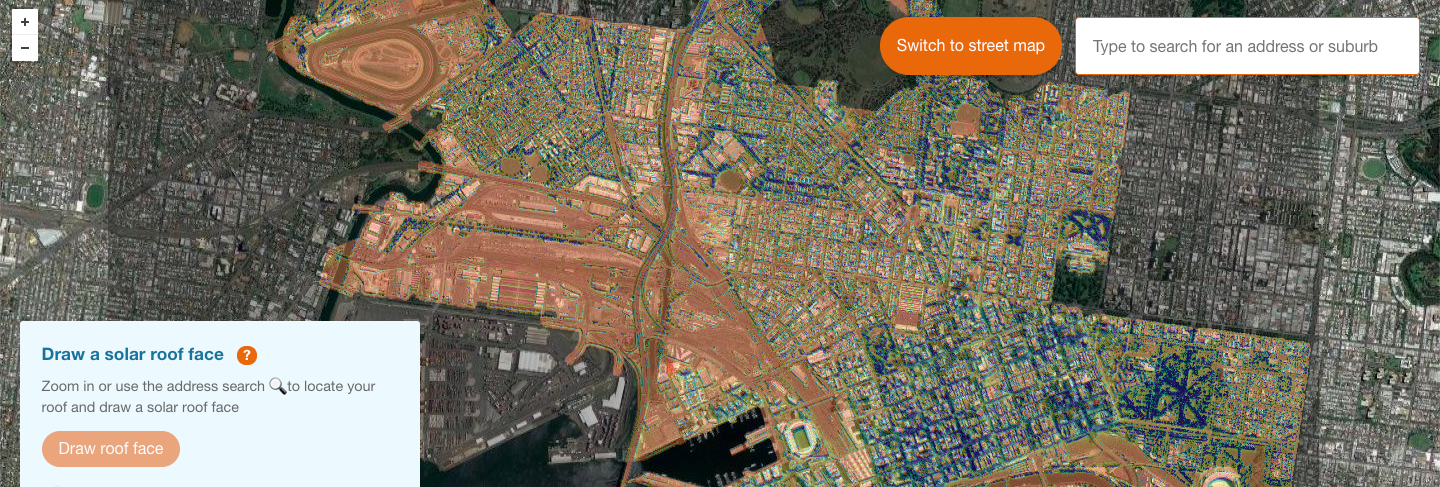The biggest challenges faced by Inner West Council in western Sydney in rolling out large-scale solar energy initiatives are related to building typology and housing tenure typical of the Inner West.

More than 40% of inner west dwellings are apartments and 40% of residents are renters – both sectors of the community that have been locked out of solar. The inner west community are keen supporters of renewable energy but many just can’t or don’t know how to install solar on their rooftops.
In 2018, Inner West found that rooftop solar PV uptake in the region was low with only 4% of dwellings installing solar PV. To address this, Inner West developed their aptly named Go Solar program. The program is shaped by Council’s understanding of its community and where the best opportunities for solar uptake are.
To meet carbon reduction and renewable energy targets, Council had to rapidly increase total solar capacity. The best way to do this was by supporting different sectors of the community – renters and people living in apartments, and targeting large roofs with daytime energy demand such as schools and businesses. This has led to the notion of ‘pathways’, knowing that each sector of the community would have a different journey – needs, tools and advice – to reach their solar goals.
How Inner West Council did it
Within their Climate and Renewables Strategy, in the section on community carbon emissions, Inner West explains their approach of assisting their community in going solar. The broad objectives are as follows:
- Large solar installations on high impact sites
- Collective impact – support solar installations on smaller residential and commercial buildings
- Support residents and businesses locked out of access to renewable energy
Inner West then rolled out specific programs to address each objective:
Objective 1 – Large solar installations on high impact sites: Large installations on sites with high daytime energy demand contribute to quick increases in local solar capacity. These programs included Solar my School; solar assessments for commercial installations (delivered by Energy Action); Solar for Strata (delivered by Wattblock); relocatable solar for business (delivered by Solpod); fee waiver and streamlined process for solar-only development applications; relevant webinars.
Objective 2 – Collective impact, support solar installations on smaller residential and commercial buildings: Energy advice service including solar quotes from vetted suppliers (delivered by Australian Energy Foundation); webinars/seminars delivered by Council’s Green Living Centre; fee waiver and streamlined process for solar-only development applications; FAQ for installing solar on properties with heritage significance; community engagement at local festivals.

Objective 3 – Support residents and businesses locked out of access to renewable energy: Solar for Strata (delivered by Wattblock); Haystacks Solar Garden (this is an initiative of Community Power Agency and Pingala); Community Energy Practitioner Network; Information on GreenPower; relevant webinars.
Outcomes
With Go Solar, Council is making real progress on solar uptake in an area that was previously slow to do so. The installed capacity across the Inner West has doubled since 2018, from 13,100kW to 27,400kW.
The Solar my School program is working with 23 schools which represent a combined audience of 23,500 students and their families and a solar potential of over 2MW.
Interest from community members traditionally locked out of solar has been high with Council’s Solar for Strata program oversubscribed and many Inner West residents joining Haystacks Solar Garden Cooperative.
Some specific targets for 2036 that are guiding Council
- Community emissions will be 75% less than in 2017
- 100% of schools will install solar
- Inner West community solar PV capacity will be 20 times greater than in 2017
Advice to councils
- Be strategic – what target are you trying to meet? How can you most effectively meet that target?
- Look at your community. Identify where the potential for greatest solar uptake is – new businesses in new industrial precincts or educational institutions or residential houses – and tailor your programs to meet the needs of each specific sector of your community.
- Don’t underestimate the importance of connecting your community to independent, trusted advisors. Market research undertaken by Inner West in 2019 found that one of the most useful aspects for residents was Council commissioning an organisation offering pre-vetted solar quotes and advice. One of the main barriers to solar uptake previously was the lack of independent expert advice.
- Lead by example – Council is focused on reaching its own target of being carbon neutral and using 100% renewable electricity by 2025.
Inner West’s Go Solar was a winner in the Community Engagement category in the Cities Power Partnership Climate Awards 2020.
Written with Niki Huang, Senior Environment Officer, Inner West Council